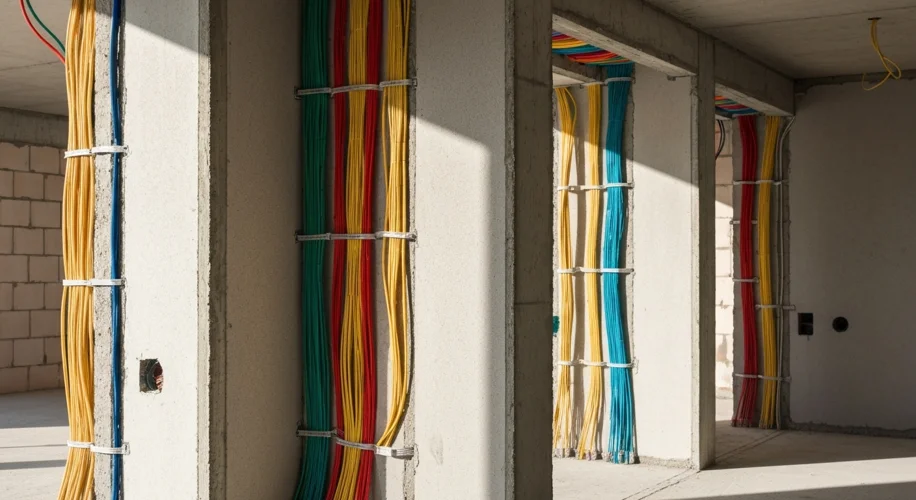Building a new home is exciting, and it’s the perfect time to think about how you want your home to work for you. Beyond the beautiful walls and cozy corners, there’s a crucial element that often gets overlooked: the wiring. When we talk about ‘smart homes,’ it’s not just about the gadgets; it’s about the foundation that makes them run smoothly. For many of us, that means incorporating low-voltage cables for things like speakers, internet (Ethernet), and even smart window shades.
Running these cables correctly from the start is key to avoiding headaches down the road. Think of it like planning your garden rows – doing it right upfront saves you a lot of digging and replanting later! The main goal is to prevent interference and ensure everything performs at its best.
Why Separation Matters
Different types of cables carry different kinds of signals. High-voltage electrical wires, for instance, carry a lot of power. Low-voltage cables carry weaker signals for data and audio. If you run them too close together, especially when they’re parallel, the stronger electrical current can ‘bleed’ into the weaker signals. This is called electromagnetic interference (EMI), and it can cause all sorts of annoying problems:
- Speaker wire: You might hear a buzzing or humming sound, especially at lower volumes.
- Ethernet cables: Data can get corrupted, leading to slow internet speeds, dropped connections, or errors.
- Smart shade cables: These might stutter or fail to respond reliably.
Best Practices for Smart Wiring
So, how do we avoid these issues? It’s all about smart planning and a bit of strategic placement.
- Keep Them Apart: The golden rule is to keep low-voltage cables separated from high-voltage electrical cables. If they must cross, try to do so at a 90-degree angle. This minimizes the area where their magnetic fields can interact.
-
Use Separate Pathways: Whenever possible, run your low-voltage cables in different conduit or through different joist cavities than your electrical wiring. This is especially important in new construction where you have the flexibility to plan these pathways.
-
Proper Cable Types: For Ethernet, always use Cat 6 or higher rated cables. They are designed to offer better resistance to interference compared to older types. For speaker wire, thicker gauge wire (lower gauge number, like 12 or 14) can sometimes offer a bit more resilience.
-
Don’t Overfill Bundles: When running multiple low-voltage cables together (like several Ethernet runs or speaker wires), avoid bundling them too tightly. Leave some breathing room. This also helps with heat dissipation.
-
Shielding: For critical runs, especially Ethernet, consider using shielded cables (STP) and shielded connectors if you’re concerned about strong interference sources. However, for most home environments, unshielded (UTP) cables run properly are usually sufficient.
Think Ahead: What Do You Need?
Before you start running cables, take a moment to think about your future needs. Do you plan to add more smart speakers? More Ethernet ports? Maybe a home theater system? It’s much easier to run a few extra cables now than to go back and fish them through walls later. Labeling your cables as you run them is also a lifesaver for future troubleshooting or upgrades.
Setting up your home’s wiring correctly is like preparing the soil for a great harvest. It’s an investment that pays off in smooth performance and a truly connected, smart home experience. Happy building!

